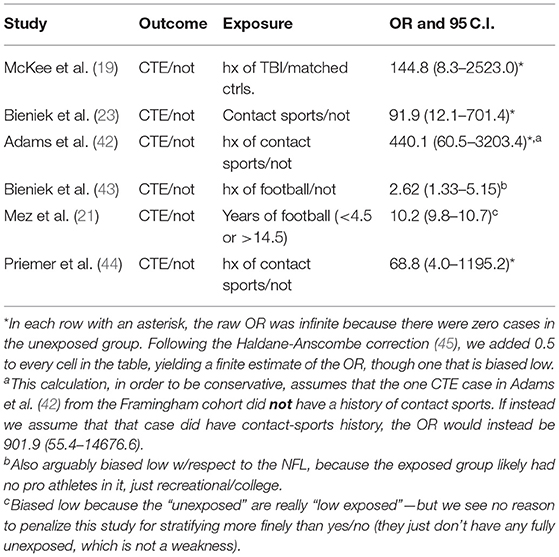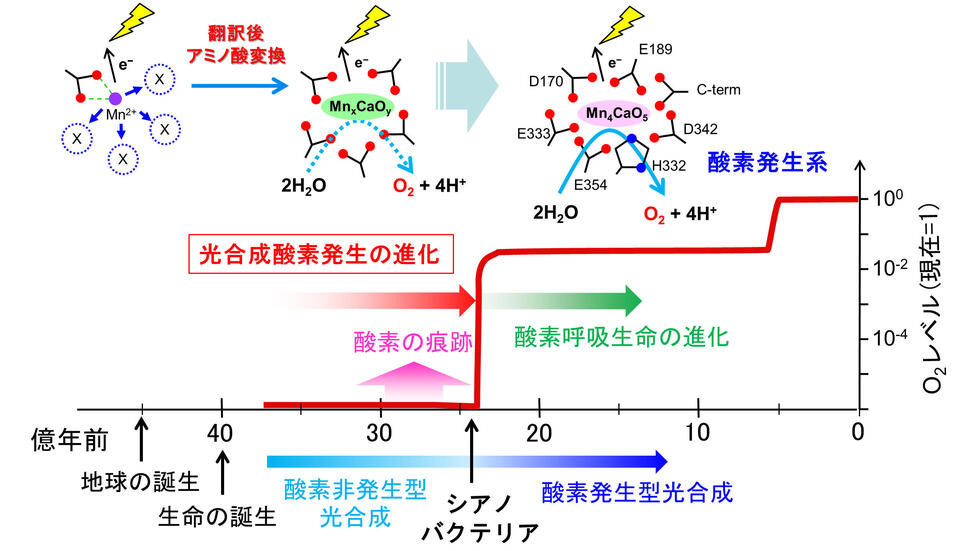2022-07-26 ミシガン大学
<関連情報>
- https://www.reuters.com/article/rugby-union-concussion/sport-study-finds-conclusive-evidence-of-head-impact-link-to-cte-idUSL4N2Z72B6
- https://www.frontiersin.org/articles/10.3389/fneur.2022.938163/full
反復性頭部外傷と慢性外傷性脳症に対するBradford Hillの因果関係判定基準の適用について
Applying the Bradford Hill Criteria for Causation to Repetitive Head Impacts and Chronic Traumatic Encephalopathy
Christopher J. Nowinski, Samantha C. Bureau, Michael E. Buckland, Maurice A. Curtis, Daniel H. Daneshvar, Richard L. M. Faull, Lea T. Grinberg, Elisa L. Hill-Yardin, Helen C. Murray, Alan J. Pearce, Catherine M. Suter, Adam J. White, Adam M. Finkel and Robert C. Cantu
Frontiers in Neurology Published:22 July 2022
DOI:https://doi.org/10.3389/fneur.2022.93

Chronic traumatic encephalopathy (CTE) is a neurodegenerative disease associated with a history of repetitive head impacts (RHI). CTE was described in boxers as early as the 1920s and by the 1950s it was widely accepted that hits to the head caused some boxers to become “punch drunk.” However, the recent discovery of CTE in American and Australian-rules football, soccer, rugby, ice hockey, and other sports has resulted in renewed debate on whether the relationship between RHI and CTE is causal. Identifying the strength of the evidential relationship between CTE and RHI has implications for public health and medico-legal issues. From a public health perspective, environmentally caused diseases can be mitigated or prevented. Medico-legally, millions of children are exposed to RHI through sports participation; this demographic is too young to legally consent to any potential long-term risks associated with this exposure. To better understand the strength of evidence underlying the possible causal relationship between RHI and CTE, we examined the medical literature through the Bradford Hill criteria for causation. The Bradford Hill criteria, first proposed in 1965 by Sir Austin Bradford Hill, provide a framework to determine if one can justifiably move from an observed association to a verdict of causation. The Bradford Hill criteria include nine viewpoints by which to evaluate human epidemiologic evidence to determine if causation can be deduced: strength, consistency, specificity, temporality, biological gradient, plausibility, coherence, experiment, and analogy. We explored the question of causation by evaluating studies on CTE as it relates to RHI exposure. Through this lens, we found convincing evidence of a causal relationship between RHI and CTE, as well as an absence of evidence-based alternative explanations. By organizing the CTE literature through this framework, we hope to advance the global conversation on CTE mitigation efforts.


